New Aberdeen boss Jimmy Thelin’s tactical acumen was illustrated when a move he worked on in training paid off with a goal the following night in Elfsborg’s 2-0 defeat of Halmstads BK.
I watched the 46-year-old manager take his team through a session at the Boras Arena, Sweden, the day before Friday’s Allsvenskan clash at the same venue.
It was Thelin’s final home game before he moves to Aberdeen on a three-year=deal.
The training session in searing 30-degree heat offered a fascinating insight behind the scenes as to what Thelin will bring to Pittodrie.
Thelin’s training session was conducted on the artificial pitch at the Boras Arena.
Sprinklers doused the surface beforehand to make it slick for rapid passing.
Thelin’s Elfsborg do not always train on an articifial surface.
Opened in 2005, the Boras Arena sits side by side with the club’s former Ryavallen stadium, which remains open.
The old stadium is ringed by an athletics track and is primarily used for track and field, but in the centre a grass pitch remains, and Thelin uses that Ryavallen pitch for training on the eve of a match against any team who play on grass.
Ahead of the home game against Halmstads (kick-off 7pm Friday), though, Thelin put his team through their paces at Elfsborg’s current stadium, beginning at 10.30am (Thursday).
Drill pays off in Halmstads match
During training, Thelin worked closely with his assistants Christer Persson and Emir Bajrami who will both join him at Pittodrie.
The session began with three groups of eight or nine players congregated in a circle, with one player in the middle.
The ball is then passed at speed with the player in the centre tasked with winning possession.
It is a standard drill used by many managers to start training sessions.
After 10 minutes, Thelin and his assistants then began working on specific tactics.
Football mannequins were set up across one half of the pitch with two players on each.
They ran beyond the mannequins and created angles when the ball was in play.
Then the ball was delivered at pace out wide before an accurate cross-field delivery was swept into the path of a runner on the opposite flank.
Immediately a cross was then fired into the box to players who had burst into the penalty area from their starting spot beside the mannequins.
In three passes, the ball went from flank to flank and into the box.
The overwhelming outcome was an Elfsborg attacker connecting with the cross and firing a shot into the net.
Elfsborg then set up to use the entire length of the pitch and began building from the back.
That often involved centre-backs passing back and forth, sometimes along the face of goal.
Then there was a quick ball upfield to instigate a counter attack with rapid, accurate passes completed by a delivery to runners into the box.
There were different variations, but almost always the same outcome – the ball in the box and then in the net within seconds of the attack starting.
Just 32 hours later that practise paid off as Elfsborg netted the opener against Halmstads BK with an almost carbon-copy move.
The move began by passing along the face of goal before a quick counter.
In eight accurate passes, the ball was slid into the path of Ahmed Qasem to fire home from six yards against Halmstad.
Compact matches and fast passing
After that counter-attack drill, Thelin and Elfsborg moved to play nine-a-side within a tight area.
The first goal was in the usual spot on the byline with the second set up around 30 yards out.
It made for an extremely compact pitch where the onus was on movement, high-tempo passing and engineering an escape from pressure.
There were some superb goals scored.
After an hour of training, Thelin called time on the session.
The heat was intense, there was no cloud cover and they had a game the next day.
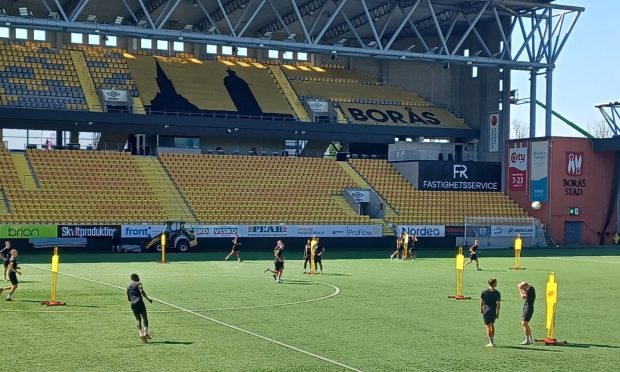
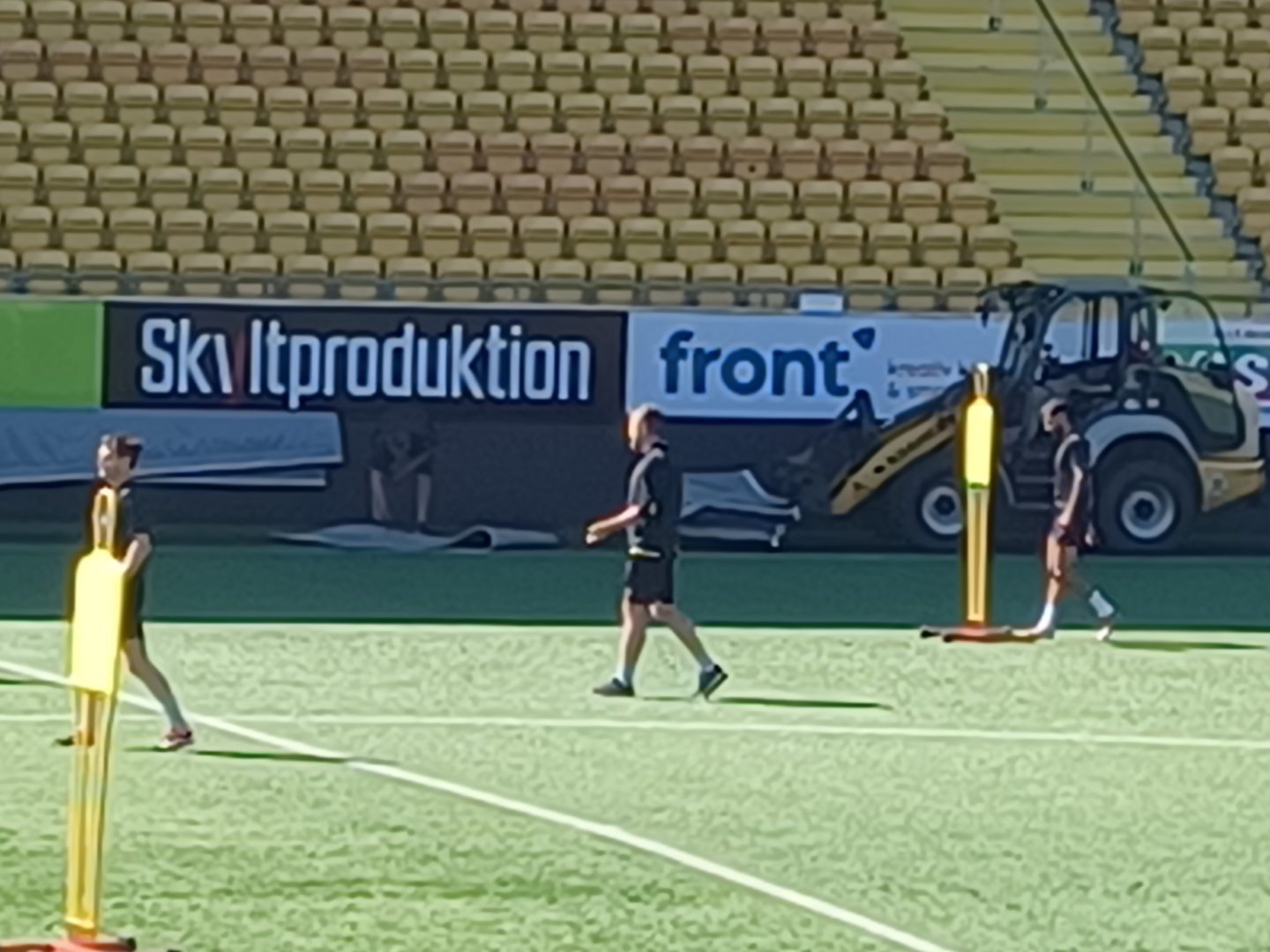
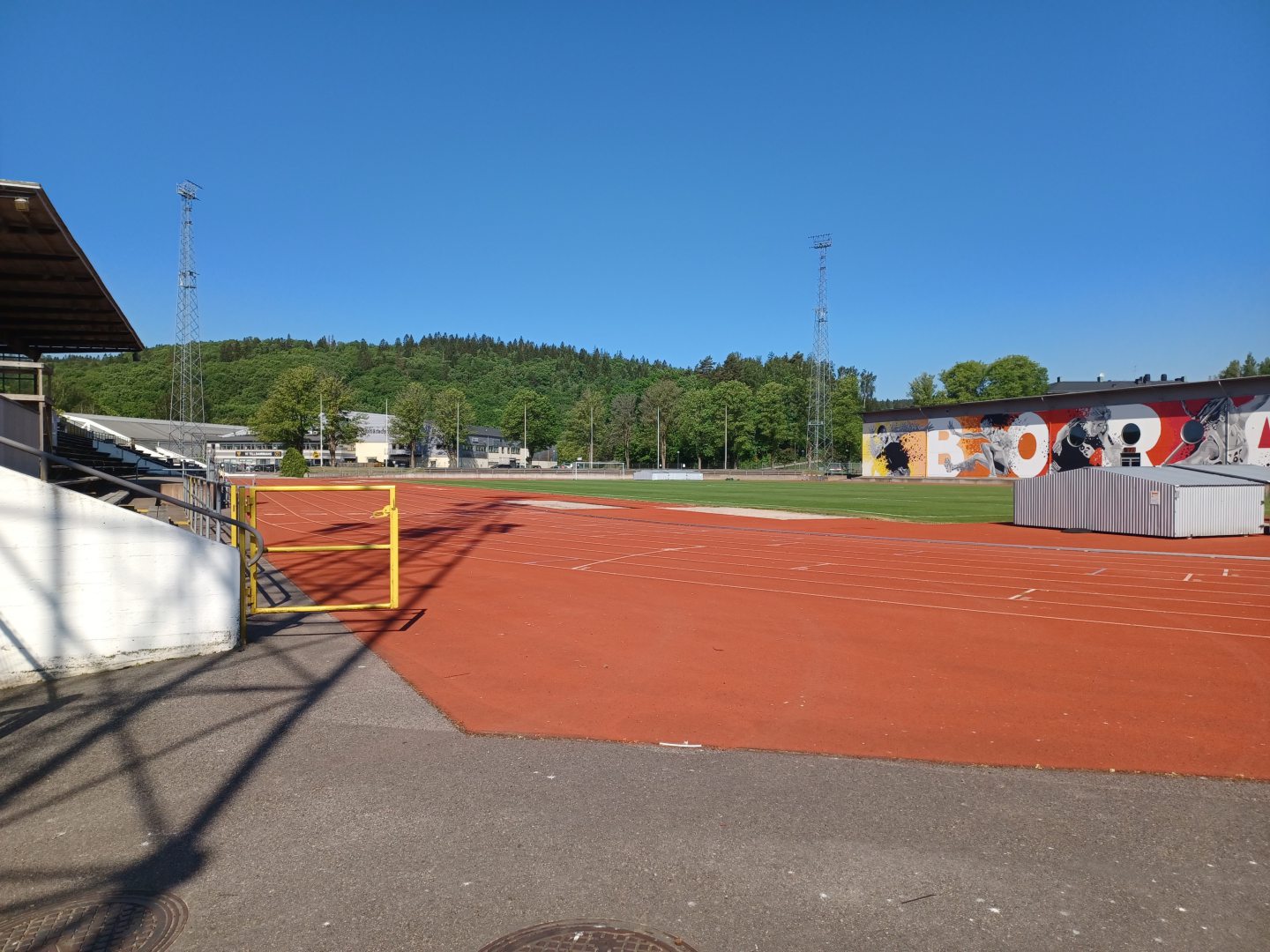
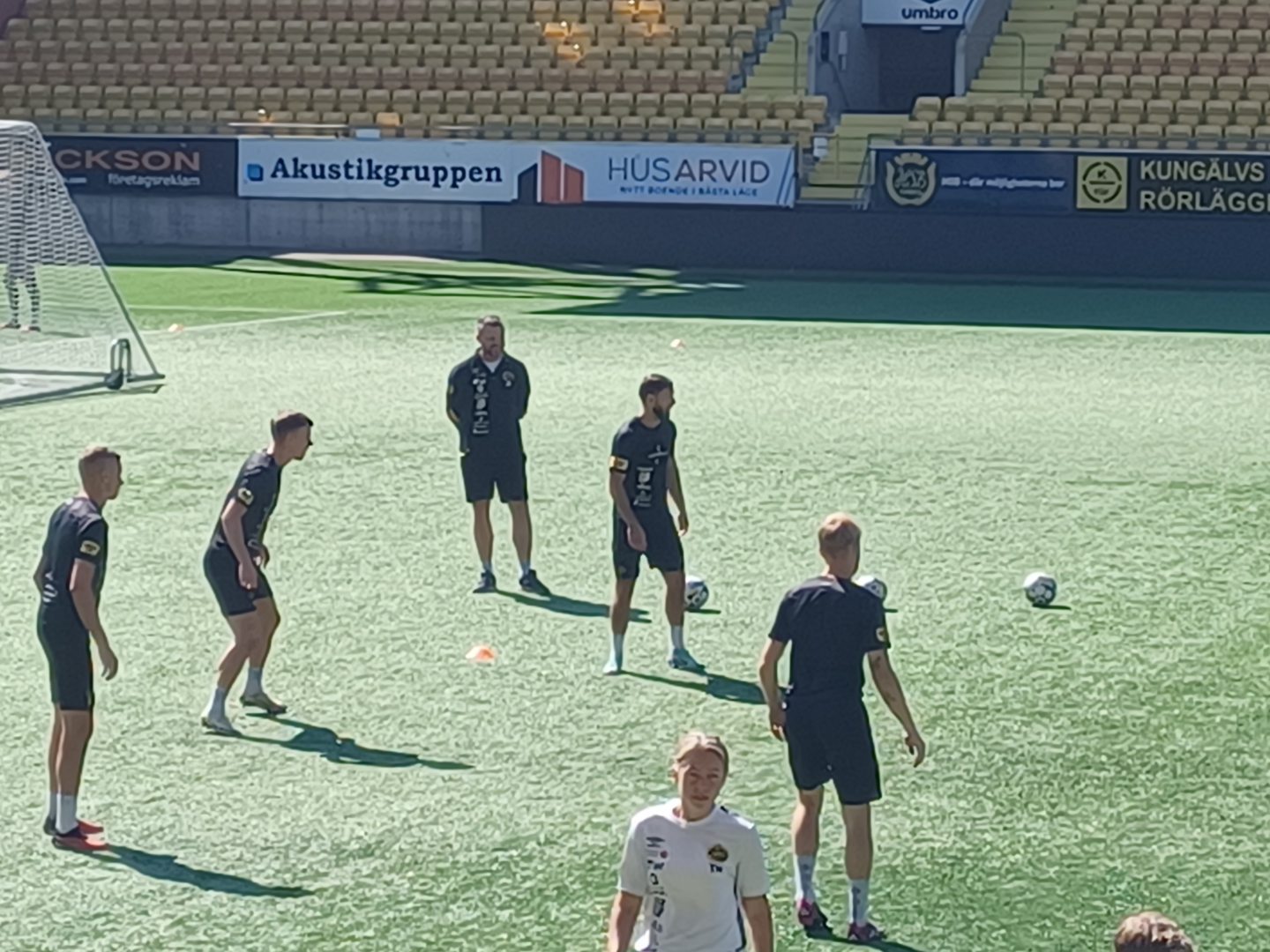
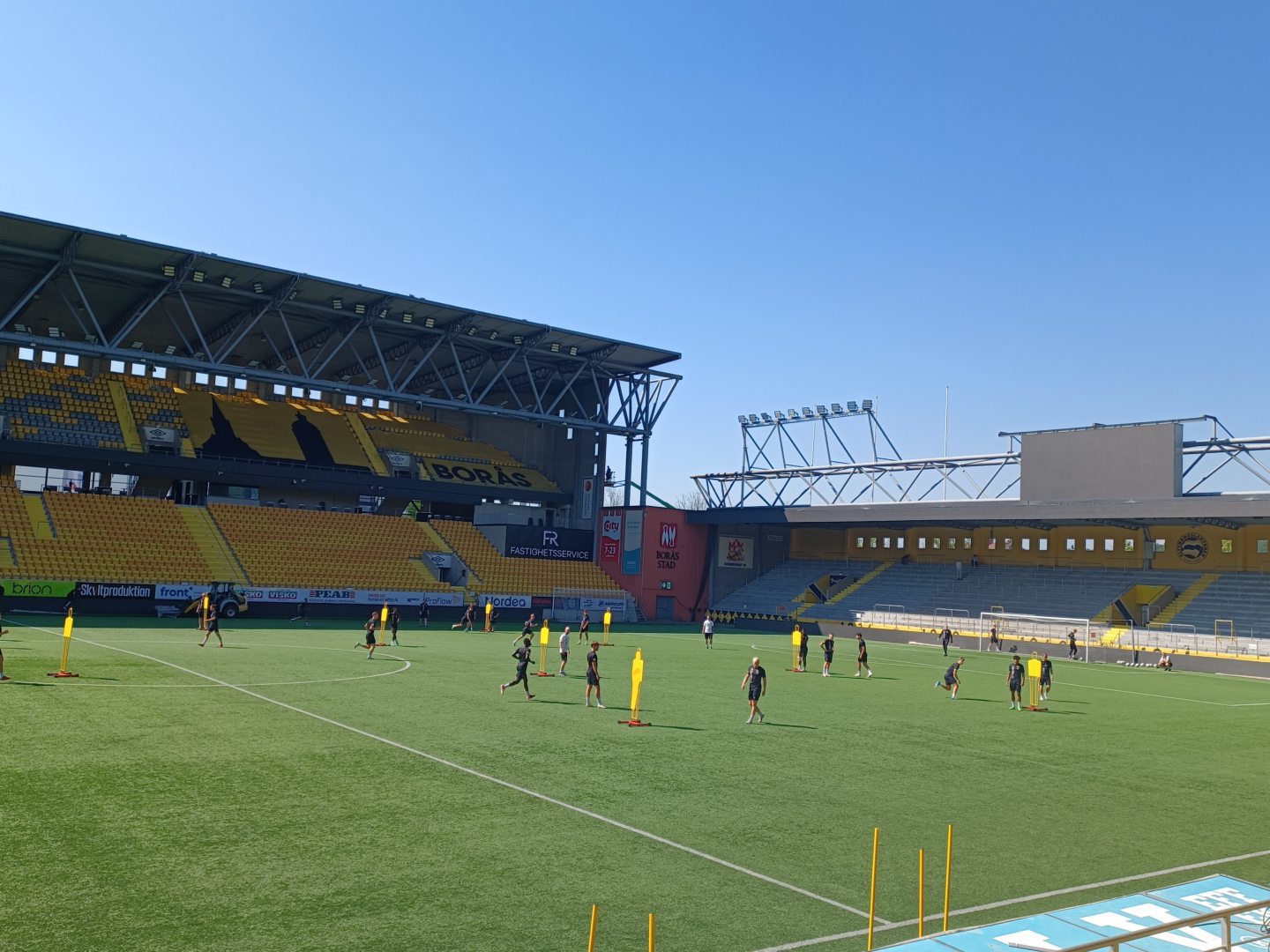
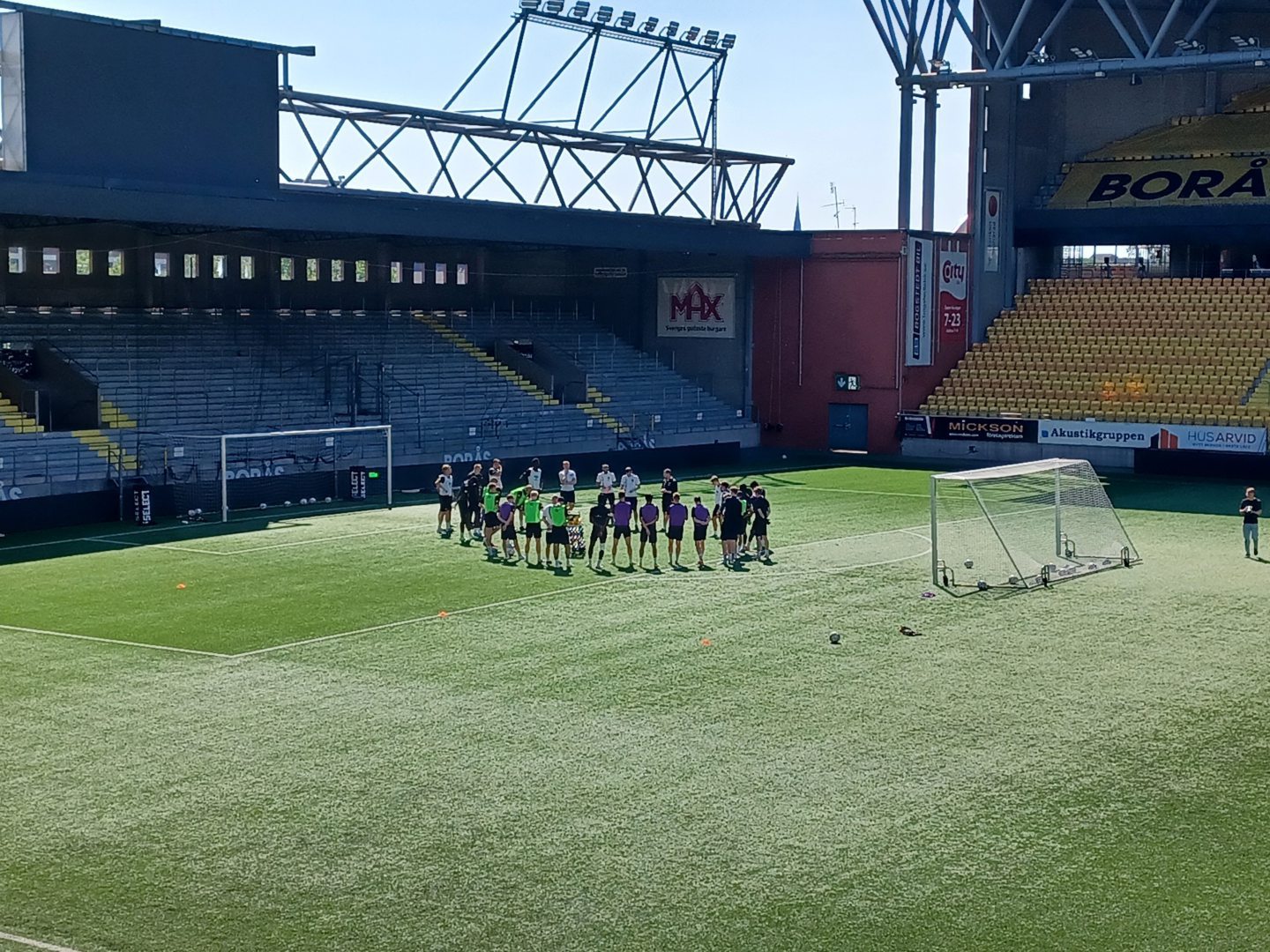
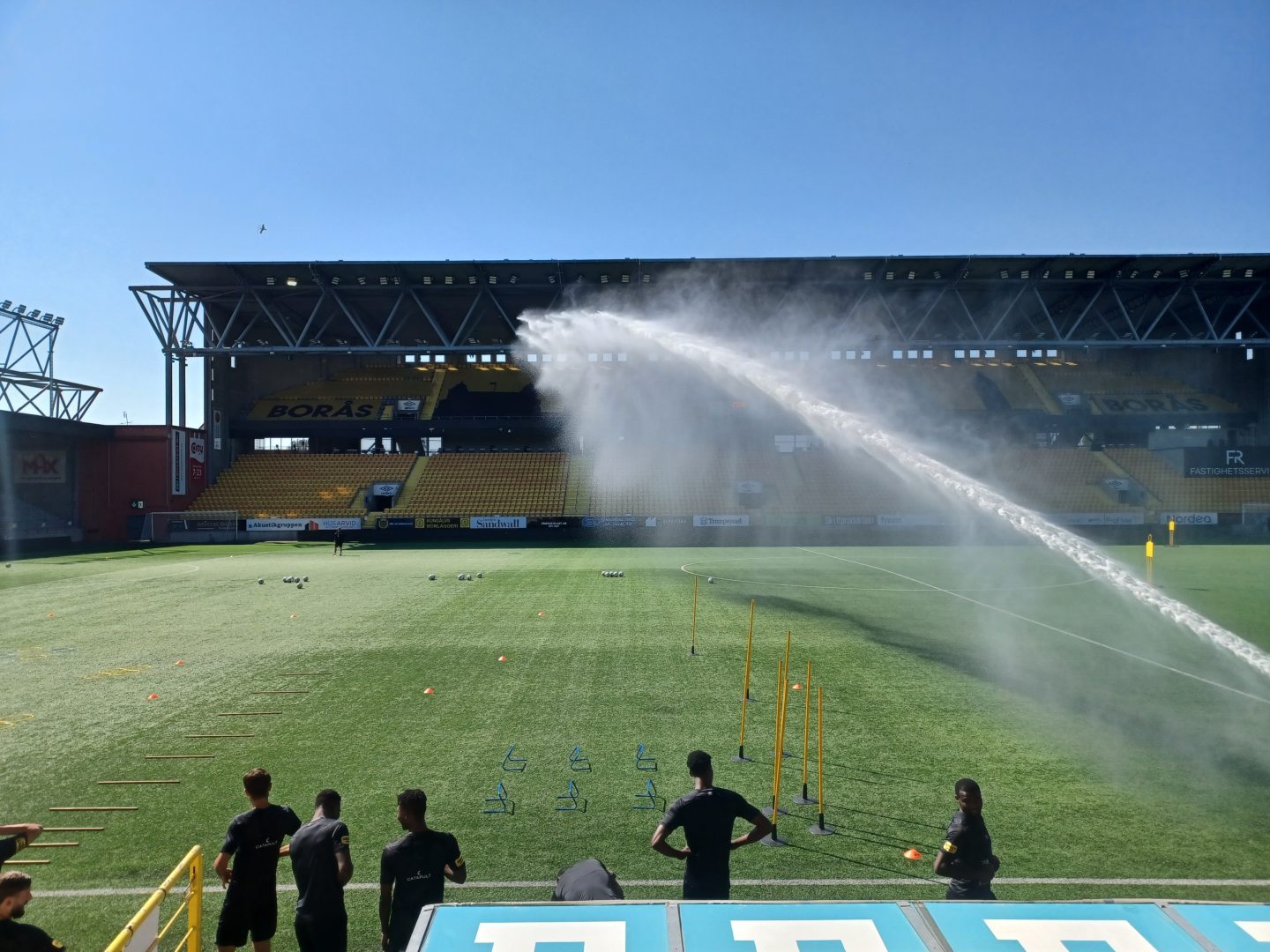
Conversation